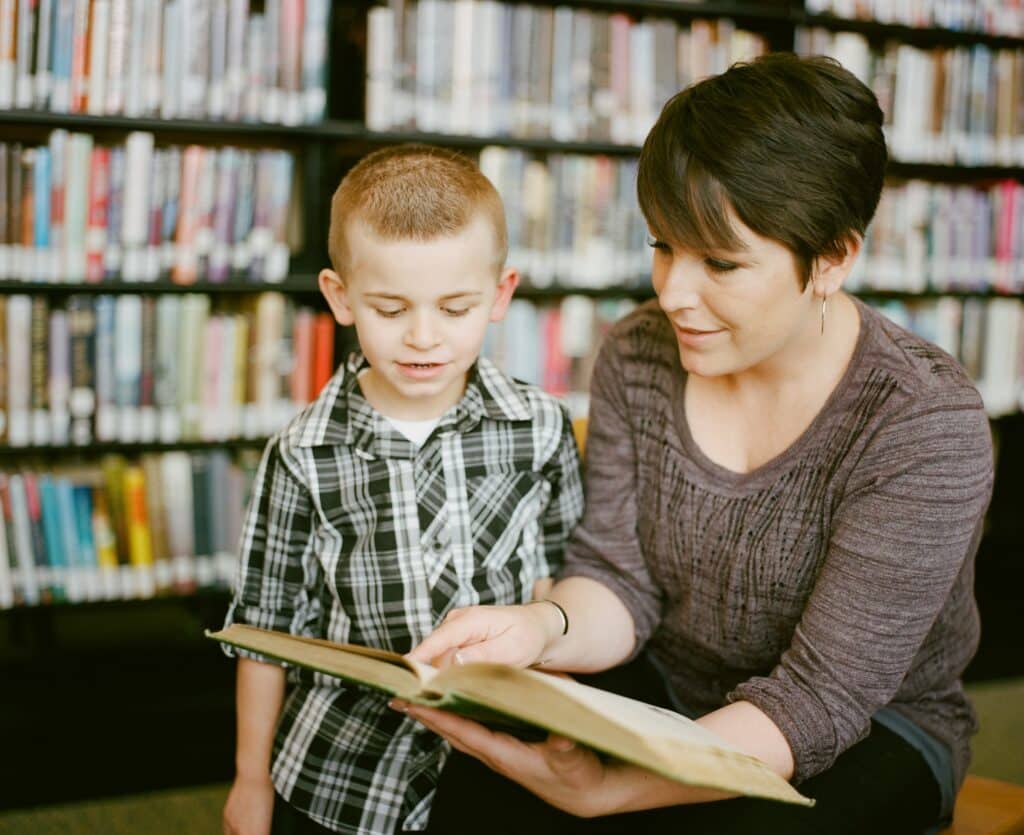A career that is focused on service to others also unfortunately sometimes comes with feelings of stress and frustration. Over the last couple of years, it seems like work-related stress has reached a whole new level leaving many wondering when we will start to see some relief. Teachers are among those feeling the pressure more than ever, so much so that many are contemplating leaving their jobs.
It turns out teachers are reporting high levels of job-related stress at twice the rate of the rest of the workforce. Of course, teachers’ stress isn’t only related to their work—many are profoundly affected by caring obligations in their home lives being parents themselves or taking on responsibilities for relatives. Another survey found that more than 50% of the teachers who responded said they are considering leaving their jobs in the next two years.
The stress teachers are feeling is especially concerning when thinking about how that stress can translate to their students. In spite of working with limited resources, trying to maintain some shred of work-life balance, and teaching young people who are also experiencing stress or trauma, many teachers still manage to succeed in prioritizing the success of their students.
When teachers are asked what is preventing them from leaving their jobs, it is the relationship with their students and their genuine investment in their student’s successes that is keeping them returning to the classroom day after day. This investment and commitment to their role may not only keep them in the front of the classroom but serve as an example of supporting resilience in students.
For many students, teachers inspire wonderful attributes to be considered great examples. Some of which support growth and development well beyond just academic content.
What Is Resilience?
Resilience is so much more than just being able to show up to work every day. Resilience requires self-reflection and growth through challenges that support success in achieving our goals, and it’s all about being able to overcome adverse circumstances. The character trait can support optimal outcomes where we are not just surviving, we are thriving!
The good news: resiliency can be developed. Even if a student wasn’t born with the ability to bounce back from setbacks, with time and the right environment, resilience can take root and grow. For teachers, resiliency means that they take ownership of their feelings and actions, which leads to a sense of competence which is balanced by a sense of humor and ability for not taking things too seriously.
To be truly resilient, you need to have a clear idea of why your role matters to you and be willing to set boundaries. Doing so will also go a long way toward supporting resilience in students as they remain active participants in the classroom observing and reaping the benefits of resilience in motion.
How Is Resilience Achieved?
Achieving resilience in yourself as a teacher, and the students may not be a transition that can happen overnight. Resilience requires us to be mindful and to be intentional with how we think about and operationalize the role of a teacher.
Resilience needs to start with knowing what that looks like in the classroom, learning how to create that environment in the classroom, and recognizing the benefits through celebration.
Understand What Resilient Classrooms Look Like
With the events encountered by teachers over the last couple of years it may be hard for some to remember what a resilient classroom looks like in the first place. For those new to teaching, this may just be something they’ve never experienced.
Resiliency in the classroom can manifest in many ways and understanding what a resilient classroom looks like may represent a great learning opportunity. Courses like Resilient Classrooms by Premiere Education which covers the characteristics of resiliency, how to foster resiliency, adaptive strategies, and resources are a helpful and practical place to start to work towards self-resilience and resilience in students.
Foster Supportive Learning Environments
A supportive learning environment may be hard to define so how do we know exactly what that looks like? Resilience is often the result of multiple methods aimed at creating an effective learning environment and may be unique to each group.
In the classroom, we find students with a variety of backgrounds and learning needs that need to be appreciated to optimize their learning potential. A supportive learning environment will be inclusive of these needs, creating a sense of community. Doing so can create a sense of acceptance inside the teacher-student relationship as well as between peers.
Resilience in students will be fostered through diversity and inclusivity that can be integrated into the classroom in a couple of ways:
- Stay calm and set the example for appropriate responses
- Manage the class behaviors, not just the content
- Try to understand the needs of students as individuals
- Stick to a routine
- Make sure to celebrate small victories: when students complete a difficult assignment, for example, find easy ways to reward them or show your support. During group activities, encouraging joking and laughter—learning is supposed to be fun, too!
Encourage Mindfulness and Joy
Too often, in our dedication to getting all the boxes ticked on endless to-do lists, we forget that learning and teaching are journeys that include moments of reflection, happiness, and imagination. The more frequently teachers can find ways to incorporate those moments of joy, the more they’ll help foster resilience in students.
For example, taking a few minutes at the end of each class to lead the class in a brief mindfulness break or visualization meditation can help everyone feel more relaxed before they grab their books and dash off to complete the next big thing.
During lectures or one-on-one meetings, teachers can seek opportunities to connect with students by making jokes, asking fun questions, and prioritizing laughter and happiness. Happier students are better and more capable learners, as well as more grounded emotionally.
Resilience in Students Starts With Resilience in Teachers
Our teachers have been in crisis mode for far too long, and a focus on their resilience is needed. Teachers need to escape survival mode and reinforce their resilience not just for themselves but for the students they are leading also.
Resilience in students needs to start with resilience in teachers. The information taught in Resilient Classrooms by Premiere Education can serve as a great foundation for building resilience.



